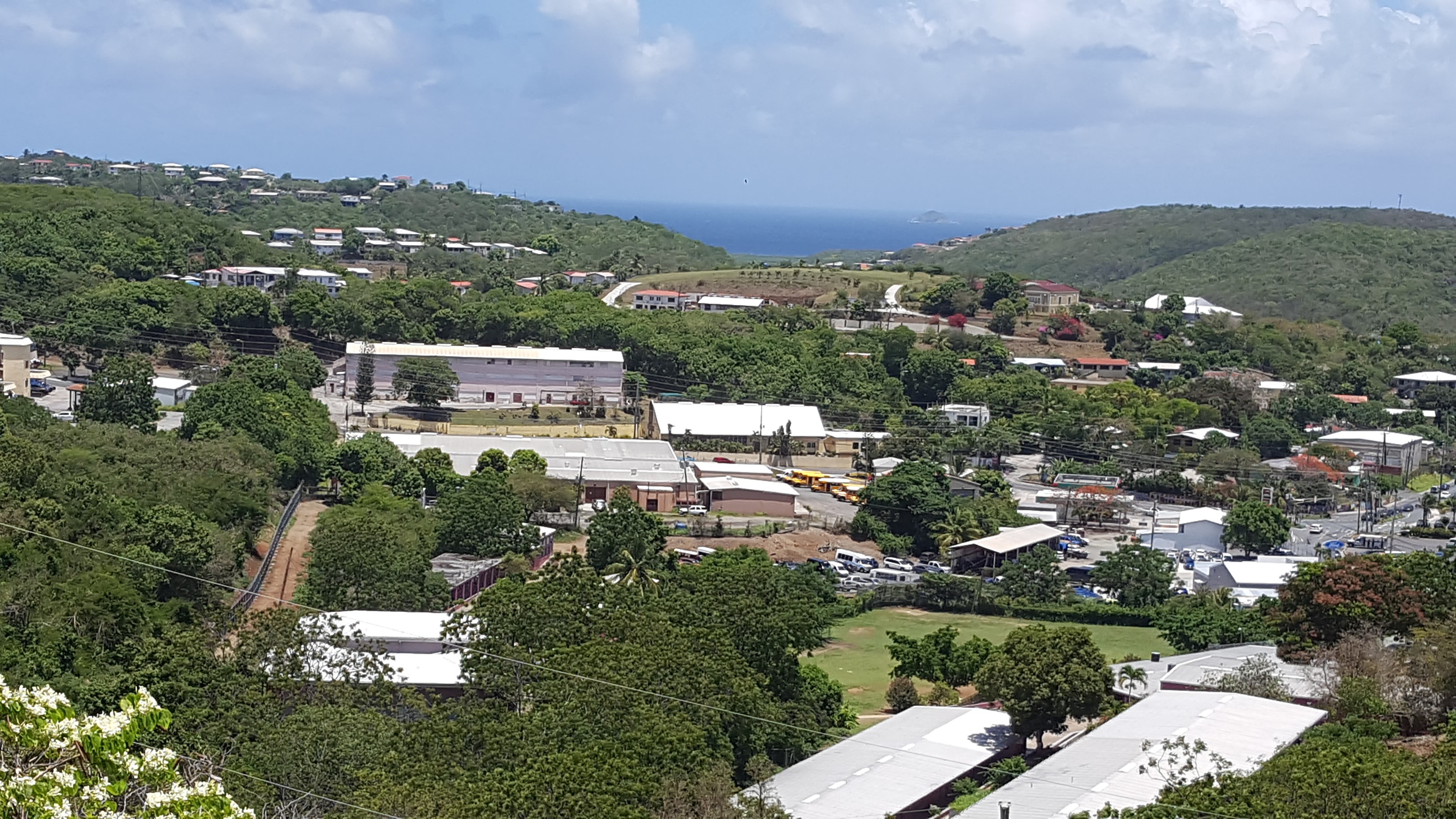
Contact: David Sternberg 215-814-5548 sternberg.david@epa.gov
EPA Backs Virginia Plan to Improve Water Quality
PHILADELPHIA (August 28, 2018) Today, the U.S. Environmental Protection Agency (EPA) announced it has approved and helped fund a $105.7 million plan by the Virginia Department of Environmental Quality (DEQ) to implement key water infrastructure projects, including new and upgraded wastewater treatment plants to better serve residents, increase efficiency, and reduce pollution.
"This federal-state partnership is critically important to helping achieve President Trump's and EPA's goal of improving our nation's water infrastructure," said EPA Regional Administrator Cosmo Servidio. "All Americans deserve clean water and the revolving loan program will greatly benefit Virginia communities."
Virginia's Intended Use Plan includes an award of $32.8 million from EPA's FY 2018 Clean Water State Revolving Fund (CWSRF). The plan by the Virginia Department of Environmental Quality is also funded with a $6.6 million state match, repayments from prior CWSRF loans, and interest earnings.
The projects targeted for funding in the state's CWSRF plan include:
- $23,600,000 to the City of Lynchburg for a wet weather pumping station and wet weather disinfection system at its wastewater treatment plant, which will greatly reduce the impact that storms have on local water quality.
- $10,000,000 to the City of Norfolk to replace multiple aging sewer mains throughout the city.
- $9,550,000 to the City of Richmond to address sewer overflows during storms through upgrades and modifications to system components and facilities.
- $6,691,500 to the Hampton Roads Sanitation District to rehabilitate 11,000 linear feet of sewer lines along Orcut Avenue and 9,400 linear feet of sewer lines along Mercury Blvd.
- $1,092,854 to the County of Alleghany to rehabilitate the sanitary sewer system in the Rosedale subdivision.
- $423,700 to the Town of Marion to replace 3,185 feet of terra-cotta sewer line.
- $2,000,000 to the City of Petersburg for the replacement of water main for the Poor Creek Force Main.
- $1,869,028 to the Town of Coeburn to replace sewer lines in the Banner and Bondtown areas.
- $12,500,000 to the Pepper's Ferry Regional Wastewater Treatment Authority for upgrades and replacement of various system components.
- $8,172,792 to the Sanitary Board of Bluefield for the replacement of worn, failure- prone and outdated equipment at the Westside Wastewater Treatment Plant.
"Over the last several decades, the Clean Water State Revolving Fund has been critical to our efforts to advance clean water in the Commonwealth of Virginia," said DEQ Director David Paylor. "This funding will provide significant support to our Chesapeake Bay clean-up efforts in the coming years."
The CWSRF program provides low interest loans for the construction of wastewater treatment facilities and other projects vital to protecting and improving water quality in rivers, lakes and streams for drinking water, recreation and natural habitat. The loans help communities keep water and sewer rates more affordable while addressing local water quality problems.
For more information about EPA's Clean Water State Revolving Fund Program: https://www.epa.gov/cwsrf
Environmental Protection Agency, 1650 Arch Street, Philadelphia, PA 19103-2029 United States




